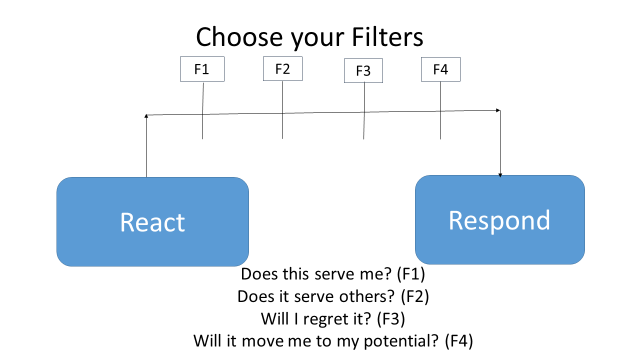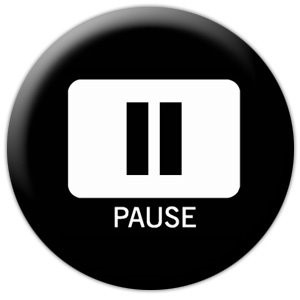Jedi Mind Tricks: Part One
In Brief:
-
Intentionality is key to improving your relationships and long-term success. Use these mental strategies in your everyday life.
-
Catch yourself before reacting to a situation and run your response through mental filters.
-
Ask yourself preset questions to determine whether your behavior will really benefit you.
Blog Post
This is the first in a series of four blog posts on my favorite Jedi mind tricks. Try them in your office, on your campus, and with those whom you most frequently interact.
Jedi Mind Trick #1: Choose response over reaction
The delay in line made no sense. “What are these people thinking? Who in the world could be that slow? Doesn’t anyone care that I am in a hurry and will be late for my meeting? This process never takes this long. I’m just getting more irritated the longer I stand here.” Most of us can identify with the themes in this inner monologue. The term “amygdala hijack” comes from reactions such as these, and refers to the part of our brain that is activated in these circumstances.
We’re human, which means we get “triggered” or set off. It happens to everyone, but there is a visible, positive difference between those who filter their responses and those who don’t.
If we are always reacting, we don’t get where we want to go. In a world of reactions, we can have regrets, guilt, strained relationships, wasted time, violence, hurt feelings, team dysfunction, or any combination of the above. In the words of Yoda, “You must unlearn what you have learned.” Step one is to catch ourselves as we are reacting.
One of the best things we can do when we react is to simply take several deep breaths. That simple you ask? Yes – indeed! This second step in the process resets our neuro-chemistry (“unhijacking” us) and allows us to access different parts of the brain that make better and healthier choices for ourselves. Step three in the process is to mentally and emotionally run through our pre-set filters. The filters that I prefer are in the graphic below. However, everyone has different filters that they can create.
What questions would you like to ask yourself to move to the response side of this graphic?

Clients have told me that they are wired to “fly off the handle”, “spout off”, flame mail someone, or ride someone’s bumper while driving – it is what they have always done. When I ask them what this behavior gets them, the answers are unimpressive. It’s time for a new story to tell themselves.
A client impressed me when he created a pause button that he would invoke after initially realizing what was happening to him as he reacted.

Of course, this graphic caused him to pause, reflect, cool down, and be able to respond in ways that were helpful to himself and others.
As with anything worth doing, practice is essential for the technique of moving from reaction to response.
- Catch yourself when you react
- Breathe
- Deploy your filters to get the results you want
To react is human, to respond is self-activated. Here’s to changing yourself for the better.
Author: Nelnet Campus Commerce
